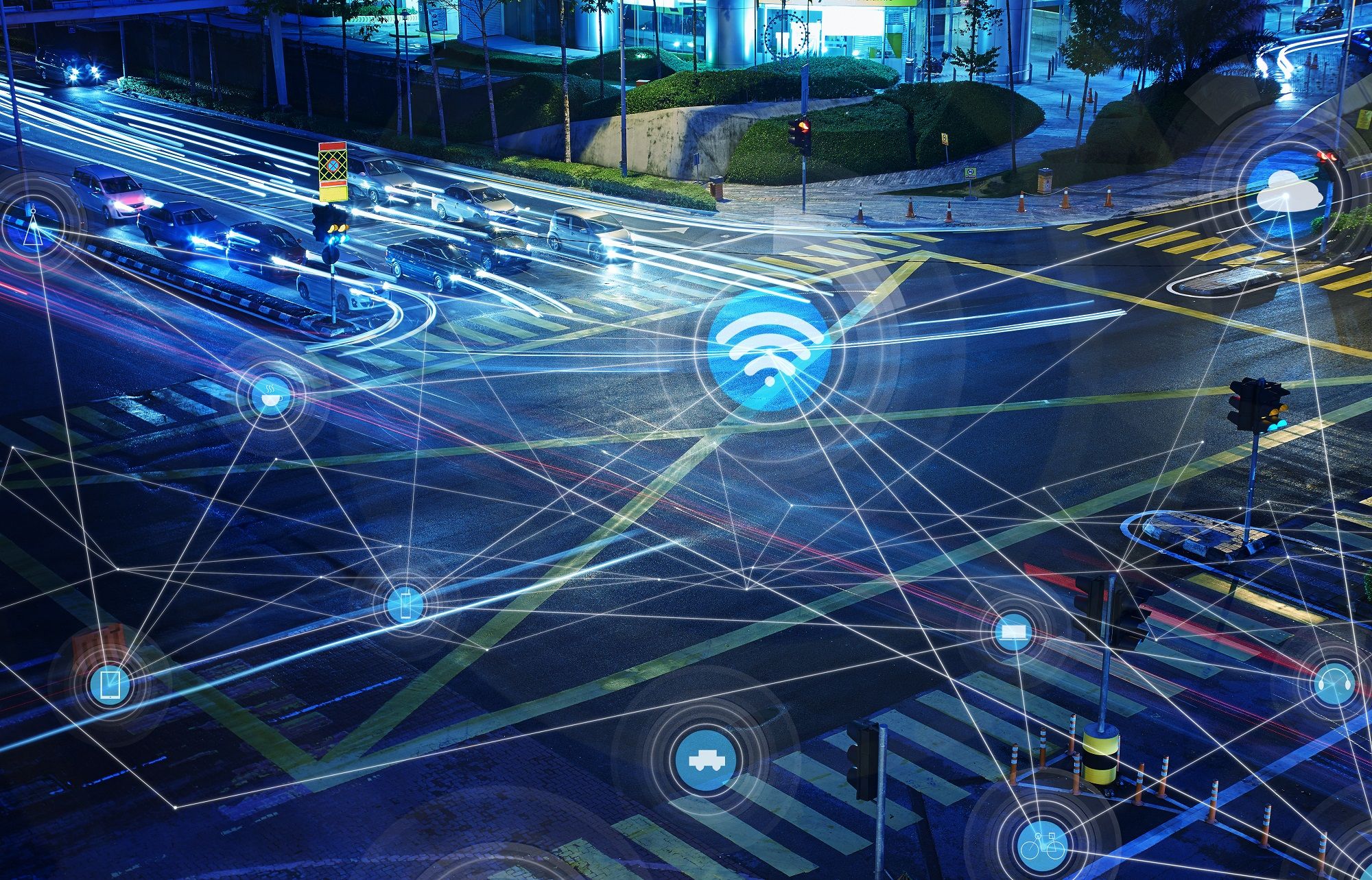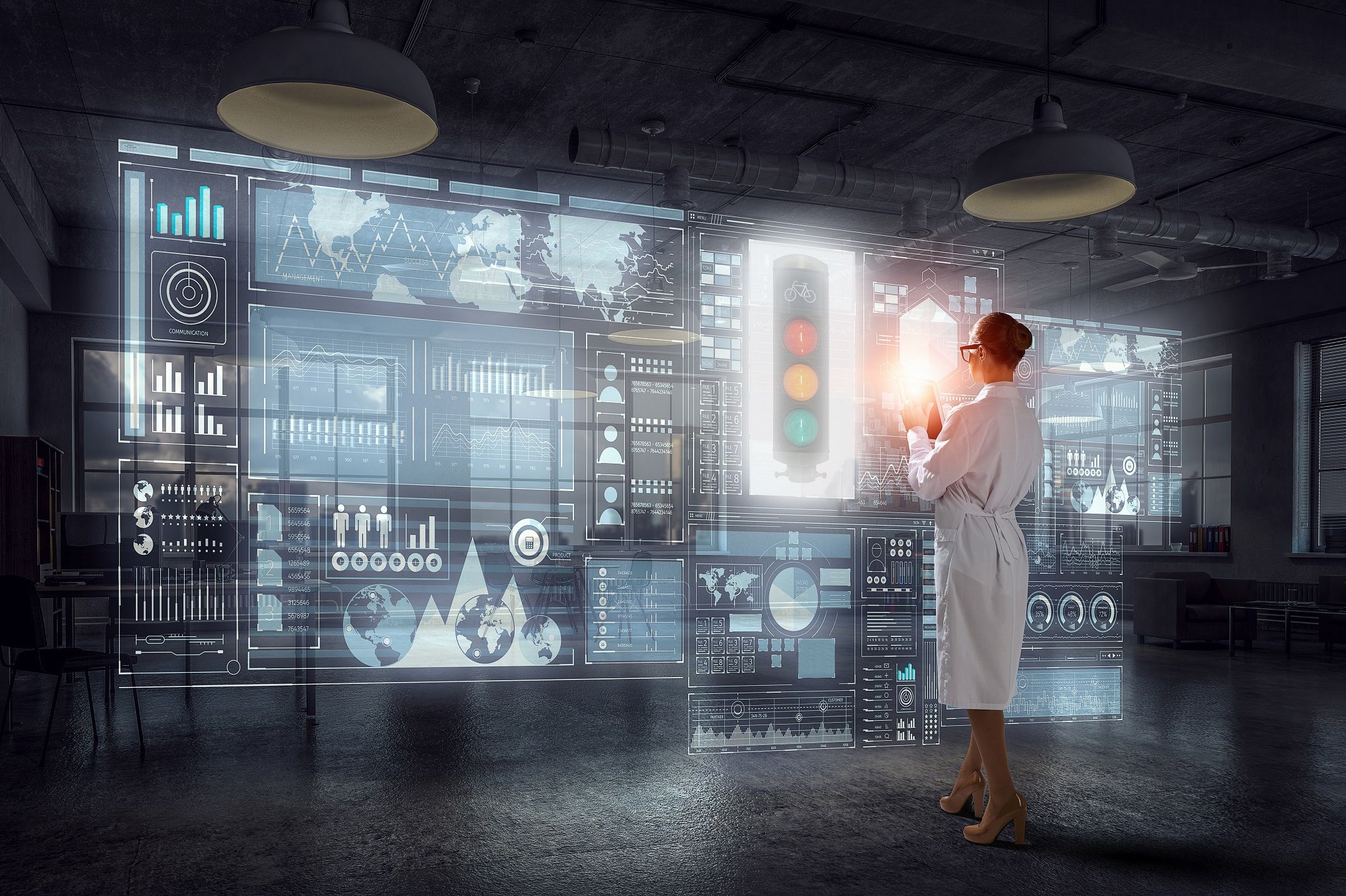ITS and crowded cities - Using proactive technology
Time spent in traffic congestion is time that could have been spent at home or at work. When commuters in urban areas are stuck in traffic it can affect the overall quality of life – and therefore it is a problem for the whole city. ITS, Intelligent Transport Systems, can be a help for cities trying to overcome these problems.
Most people living in urban areas spend a lot of time in traffic congestion. With more and more people living in urban areas the demands on traffic management are getting higher. Besides the fact that nobody wants to be stuck in traffic in their daily travels from work and back, it also has a big impact of the overall quality of life.
Many urban areas struggle with health issues because of bad air quality. Spending 30-60 minutes in traffic for work everyday show health issues such as a higher risk of obesity and heart diseases. Studies also show the impact on mental health in form of depression, anxiety and increased numbers of sick leaves and divorces. The same results appear in studies of public transport commuters who travel more than 60 minutes per day. Therefore, traffic needs to be managed in a way that prevents traffic congestion to make both employees and employers thrive in urban areas – and to build future proof sustainable cities.

Different approaches
There are different ways to approach congestion, but one thing that has been discovered throughout the last decades is that you cannot build your way out of it. New roads generate more traffic and is not a long-term solution. The problem must be approached in a more strategical and proactive way to keep urban areas attractive in the long-term, and that is where ITS comes into the picture. Today, most urban areas have a daily traffic management that is mainly reactive to solve the problems here and now, but it does not prepare for the future with growing populations.
ITS, Intelligent Transport Systems, is the collective name for applications that use information or communication systems to create a dynamic function in a traffic or transport system. In the context of congestion, ITS can be a help in many ways:
Smart traffic lights
Traffic signals play an important part in how traffic works. With ITS, smart traffic lights can calculate the time between crossing and traffic signals and customise the signal to make the traffic flow as well as possible. This also gives the opportunity to favour some traffic over other, for example, public transport can be prioritised to make it a more attractive choice for commuters. Cities can also create “green waves” where traffic signals turn green directly one after the other.
Reduce unnecessary driving
Another way to approach congestion with ITS is to look at the unnecessary driving and ways to reduce it. In urban areas a lot of traffic is cars driving around looking for available parking spots – drivers drive on average 4.5 km before finding a parking spot. According to studies this number can be reduced as much as 30 percent with for example parking guidance solutions, a technology that guides drivers to available parking spots faster.

Plan strategically
Both planned events and unplanned incidents cause congestion and cities have strategies on how to deal with both. With the help of ITS, cities can support the designing, planning and evaluation of the strategies. It can also automatically identify the source of the congestion, predict the duration of the congestion, and suggest improvements such as change coordination, direction and introduce speed limits.
From a reactive to a proactive traffic management
Another way of approaching these problems is to go from reactive to proactive traffic management. Simply put, systems do not allow cities to work proactive with congestion. There is a new solution for this, a traffic management platform includes a lot of features such as:
- Collecting data from new data sources, video detection and data from detectors
- Processing data to combine historical data and real-time data to make predictions
- Analyzing data collected from various sources and having the ability to change algorithms of the traffic controller based on the current situation and reports are created, making it possible to plan
- Data visualization to making it easy to follow patterns of the traffic
Urban areas can use heatmaps and evaluate the traffic users making it possible to identify congested areas and use strategic planning to avoid it. For example, by gating traffic in the suburb so less cars can enter the city center at the same time. It can also shorten green time at intersections for traffic coming from the suburb into the city, which also leads to less cars entering the city center at the time and avoiding congestion. Users can also receive notifications about traffic congestion in the city center. By using something called strategy manager, users can choose the pre-defined algorithms for specific situations. To summarize, this proactive approach can evaluate the efforts and pre-define algorithms for specific situations.
SWARCO MyCity
MyCity is SWARCOs' new modular Traffic Management Platform for whole cities, no matter the size. This continuously growing platform allows you to work from a single sign-on system, with various user rights and lets you add new features at any time.